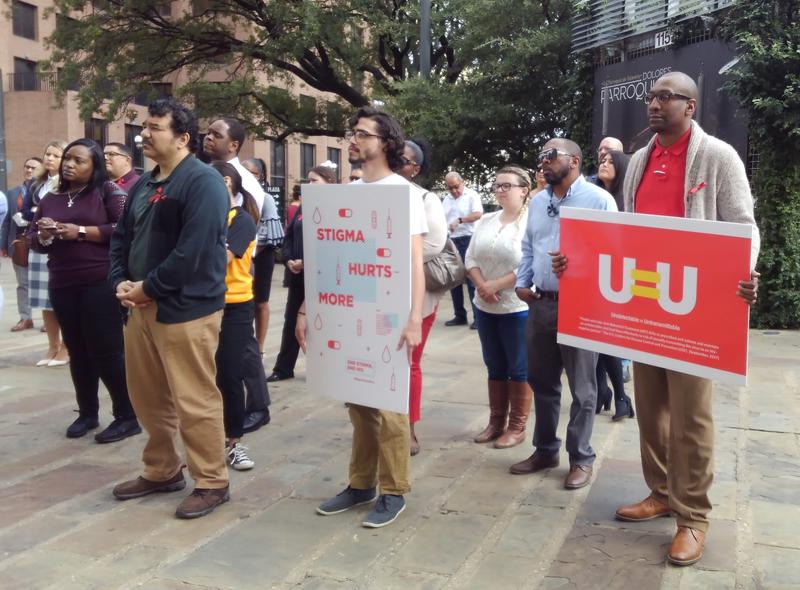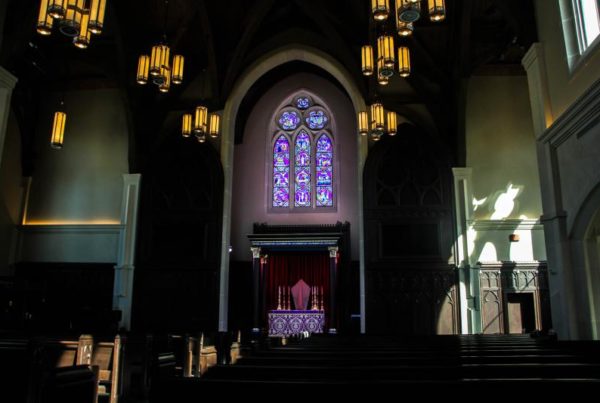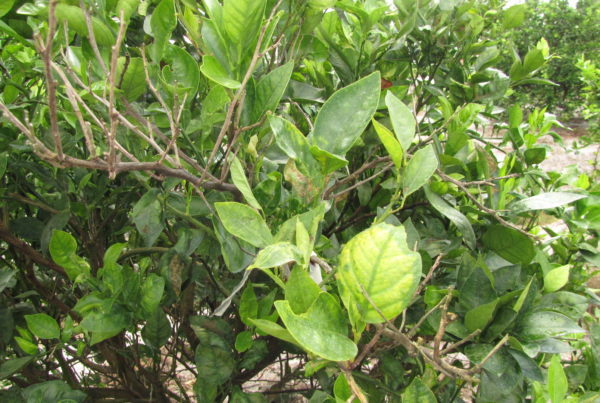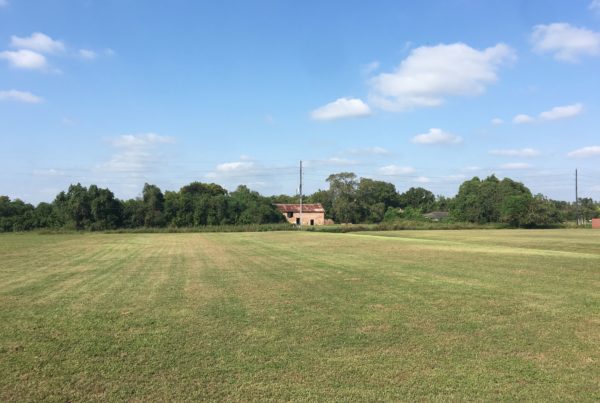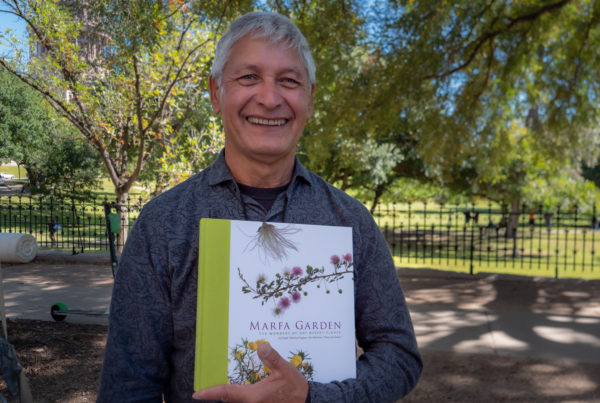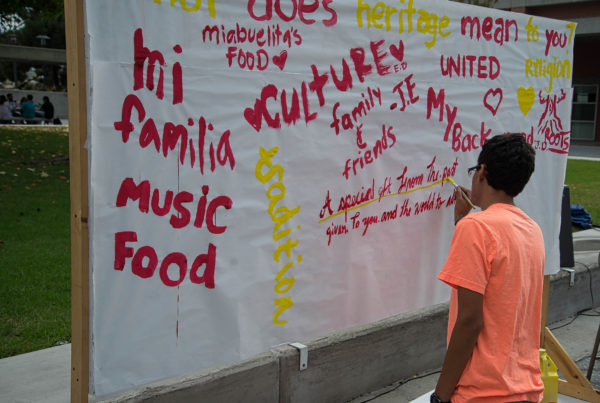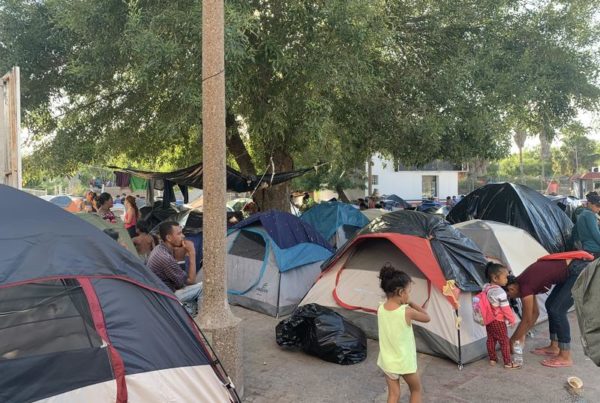The number of new cases of HIV in Texas, and nationwide, has dropped over the past decade. But in Bexar County, which includes San Antonio, the opposite is true. Last year, there were 338 new diagnoses there, and in 2016 and 2017, the Centers for Disease Control and Prevention identified the county as one of the country’s several-dozen hot spots for the infection.
Lauren Caruba is a health care reporter for the San Antonio Express-News. She says the HIV infection epidemic has changed from one that used to affect predominately white, gay men in big cities like New York or San Francisco to one that affects more people with low incomes, LGBTQ men of color and younger people.
“We’re seeing a huge increase in people who are in their young adulthood, especially, in Bexar County, in the 25- to 34-year-old demographic,” Caruba says.
What you’ll hear in this segment:
– How a “generational divide” is contributing to higher rates of infection in certain groups
– Why the Southern U.S., not just San Antonio, has higher rates of new HIV infections
– How access to preventive medication, or PrEP, is limited in San Antonio’s HIV clinics
Written by Caroline Covington.


